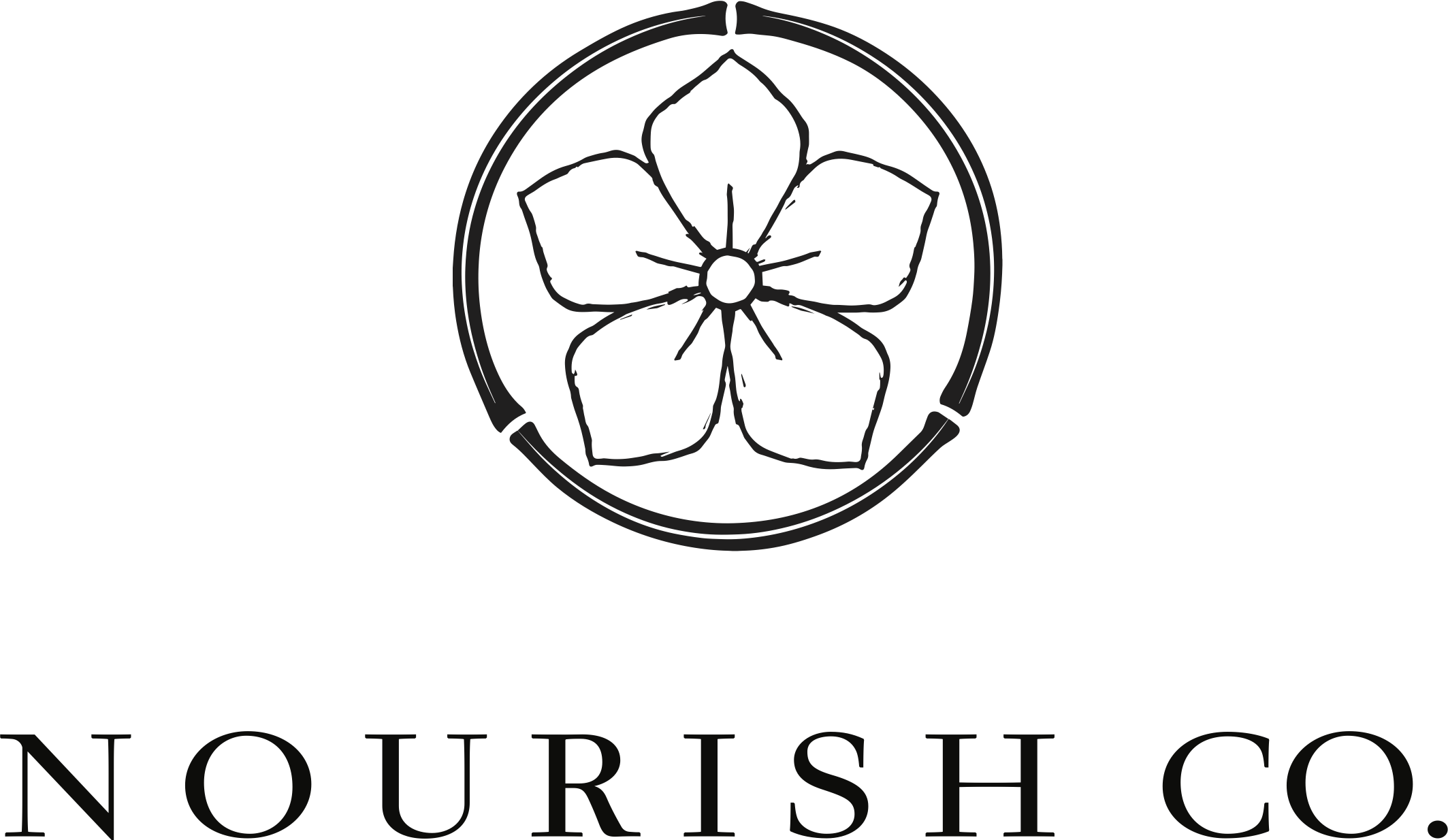Reflecting on the Lessons of Barley this Tu B'Shvat
An altar for the Seven Sacred Species: Wheat, barley, figs, dates, olives, grapes, and pomegranates
Last night, I had the honor of being one of the speakers at a very special Tu B’Shvat seder dinner at Urban Adamah, a Jewish urban farm in Berkeley. I had the task of speaking about barley, one of the seven sacred Biblical species. As I dove into researching this humble grain, I learned that it has many lessons to teach us. Many of you have asked me to share the essay I read last night here, so here you go! May we remember on Tu B’Shvat and everyday, how sacred this land we live on is, and to always remember and honor the people who originally lived on it, before it was taken from them. Chag Sameach.
I’ve always been enchanted by the Biblical Seven Species and their spiritual energetic properties. So I was excited when Sasha wrote to me asking if I’d speak about one of them for this Seder. As a Japanese American child growing up in Los Angeles, I remember my Mom sometimes cooking barley it into our rice (like in the musubi or rice ball we enjoyed earlier). Adding barley to white rice in Japan has become a health food trend, but it’s origins are in extending a bowl of rice during times of famine or war. Though I did not live through a time of difficult shortage, my mom kept this practice in our family and carried it through to us.
Mochi mugi onigiri, made by the Urban Adamah team!
As I began researching barley, I learned that it was originally native to SWANA, the decolonial word for the South West Asian North African region formerly known as the Middle East or the Arab World.
Barley is the not only the oldest of the Seven Sacred Grains, it is the first grain to ripen in the spring. It is profoundly important and symbolic to Jews. During Biblical times, we began counting the Omer on the second day of Passover by bringing the first cutting of the barley harvest to the Temple in Jerusalem as an offering. I think it’s significant that barley was largely a food harvested to feed the poor, AND it was considered a sacred offering.
As with many converts to Judaism, I hold The Book of Ruth close to my heart. In it, Ruth, a young widow who was also poor, was harvesting barley to support herself and her mother in law, Naomi. It was then when Boaz (a Jew) invited her to remain in their fields. Ruth famously asked Boaz, “Why are you so kind as to recognize me when I am a stranger in your fields?” She went on to marry Boaz; and it was from them that King David descended.
From a Kabbalist perspective, barley corresponds to the spiritual emanation called gevura (restraint, or strength). For the purposes of this story, I acknowledge this is a drastic simplification. Each barley seed is enclosed in such a strong hull that remains intact even during efforts to thresh or separate it. According to modern science, barley grass is one of the most nutrient rich foods in nature and has been used since ancient times for medicinal and healing purposes.
We can learn many lessons from this humble grain. Barley teaches us the importance of embracing diversity in Judaism, which was first recorded during the time of Ruth, thousands of years ago. That it is people like Ruth and Boaz and their descendants who often become the great leaders of a generation. To me, barley also represents faith and spirituality. Often the most marginalized people in our society are richest in faith and spirituality, and have historically been closest to the land. It is for this and many reasons that we must make space to listen to their stories. It is from these stories that we will begin to learn how to heal our world.
I want to end with having you join me in one of my favorite Japanese phrases. We say this before beginning each meal, and it is a way to express gratitude for everything that touched the meal in front of us— from the soil, to the farmer to the cook. It goes like this: Itadakimasu!
*If you enjoyed this post, you might enjoy reading about the Navigating our Hxstories post from last year, or this Havdalah bag tutorial!




